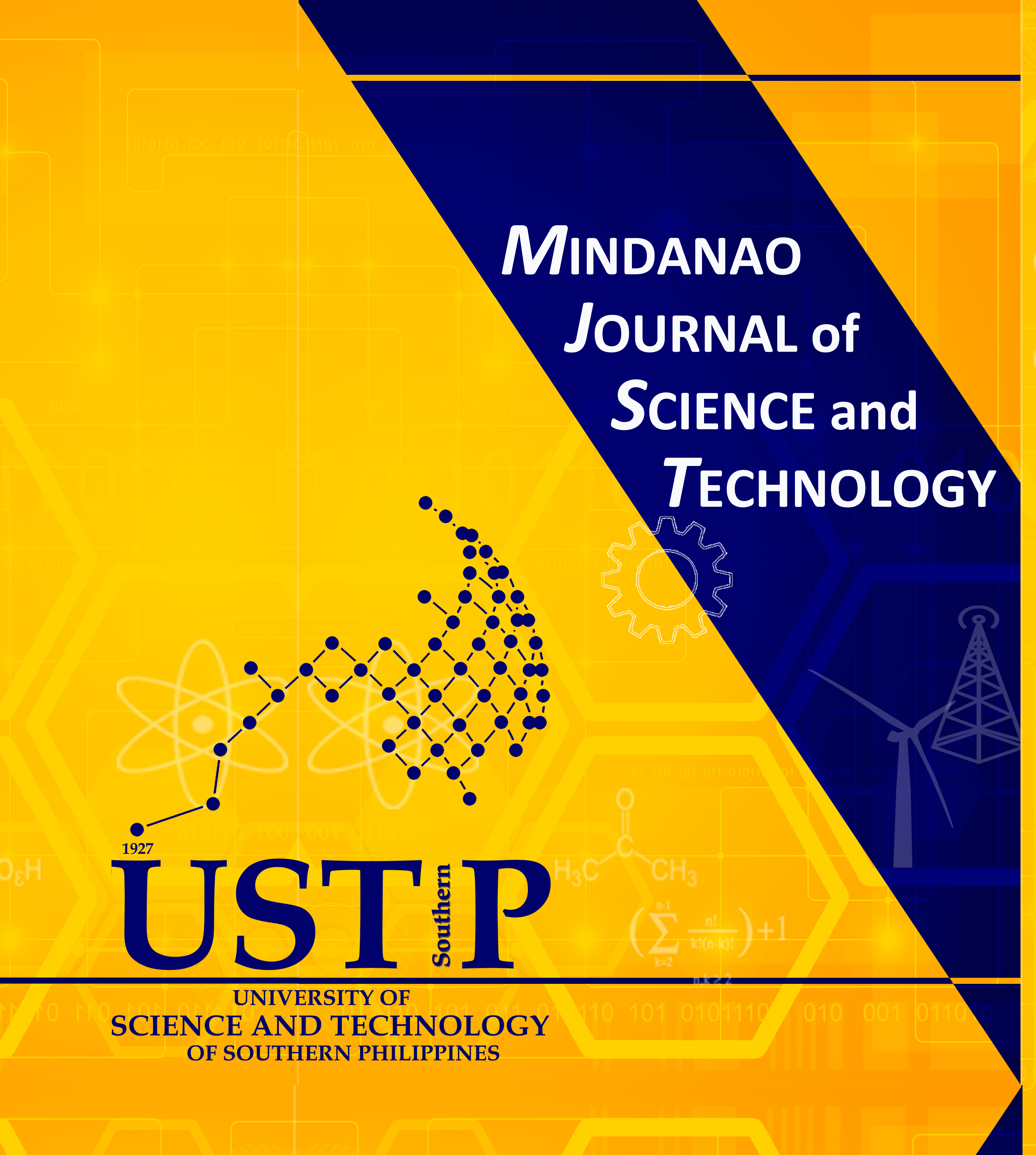Archaeology of Calumat Open Site: Dating the Burial and its Archaeological Implication
Keywords:
archaeology, Calumat, relative and absolute datings, radiocarbon dating, grave goodsAbstract
The Calumat Open Site (COS) is in the Municipality of Alubijid, Province of Misamis Oriental, Philippines. The site, situated on top of a hill, was considered the first settlement of the people in Alubijid. The 2019 archaeological excavation conducted by the University of the Philippines – Archaeological Studies Program addressed the chronology of the site’s antiquity. Relative dating indicated that the area may have been occupied as early as the Neolithic period (ca. 3000 BC) until the coming of the European Recollect missionary in 1622. One of the interesting archaeological finds was the discovery of the human burial in Trench 2. Grave goods (celadon bowl, metal blade and worked shell artifact) were found associated with the burial along with dental modification. These grave furniture or “pabaon” were thought to accompany the deceased into the afterlife and ensure the safety of their spiritual journey. In this study, collagen samples were extracted from the bones, found in the burial, by gelatinization. Bones were subjected to radiocarbon dating using accelerator mass spectroscopy. The result suggested that burial may be dated between 774 and 1030 AD with reference to the relative dating of the funerary goods and dental modification, which are significant in interpreting and understanding the socioeconomic activities in the first millennium AD. The findings from the COS contribute to the knowledge of the archaeology of the island of Mindanao and the archipelago in general.










